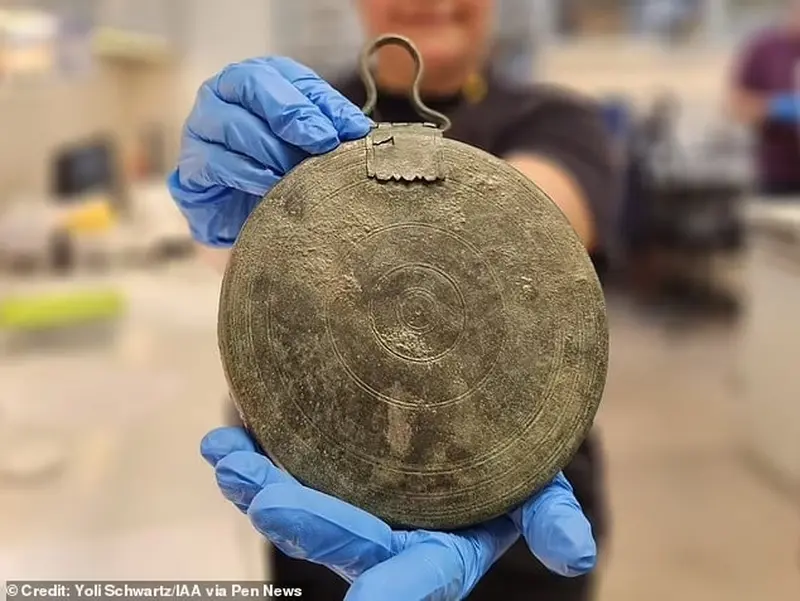The finds are about 2300 years old. Researchers from Tel Aviv University conducted excavations on behalf of the Israel Antiquities Authority (IAA). Suddenly, on the roadside leading to Jerusalem, archaeologists They stumbled upon the tomb of an ancient Greek woman.
According to scientists, the remains belong to a high-class escort who may have accompanied high-ranking military officials on foreign campaigns. Alexander the Great (356-323 BC). And perhaps those who continued the general’s work after his death were discussed in the publication. Daily Mail .

Co-author of the study, Guy Stibel from Tel Aviv University, noted that this is the oldest evidence of cremation from the Hellenistic period found in Israel.
Archaeologists suggested that the cremated woman was a hetaera who offered elite clients not only sexual services but also intellectual companionship. Some hetaerae even married their clients and inspired artists to create masterpieces.
The special status of the woman is indicated by the expensive mirror box, which she may have received as a gift from a prestigious man. Artifact It looks as if it was made yesterday, scientists noted. In fact, the mirror and the cremated remains are dated, according to researchers, to the end of the 4th to the beginning of the 3rd century BC.

Mirror like a key to a mystery
Dr. Shtibel explained that the location of the tomb initially surprised the team. How could a Greek woman’s grave be found on the road to Jerusalem, far from any settlements of that period?
The rare mirror played a crucial role in unraveling this mystery. It testified to the nomadic lifestyle of the expensive escort.
The head of the excavations, Liat Oz, emphasized the extraordinary exclusivity of this item. It is only the second mirror of this type discovered in Israel to date, the researcher noted. In total, only 63 mirrors of this type are known in the Hellenistic world.
The authors of the study hope to soon use the latest technologies to accurately determine whose army the courtesan accompanied. According to Guy Stibel, the next research will shed more light on the history of this fascinating burial and the mirror.
